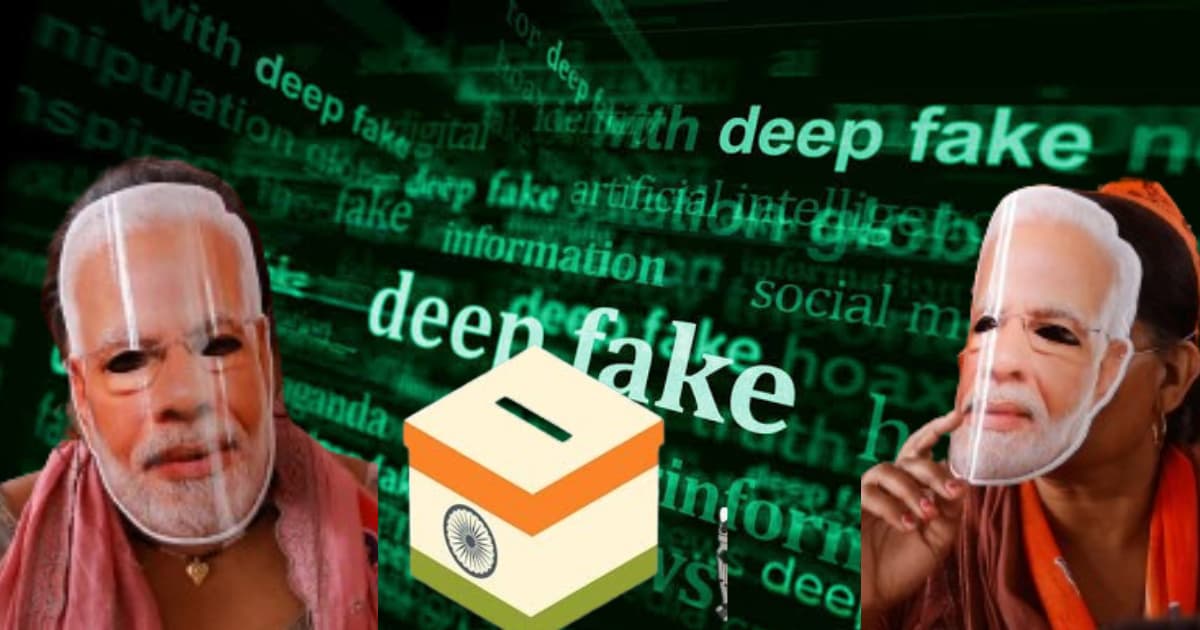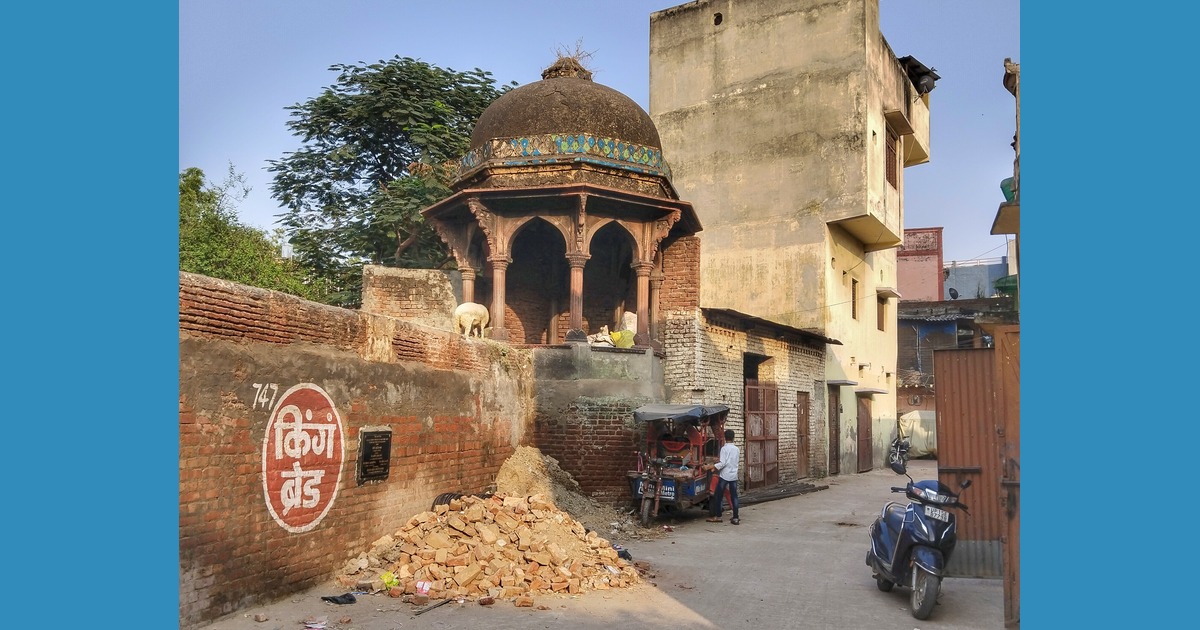
Navigating Democracy: General Elections in India and the Emerging Role of Deepfakes
India, the world's largest democracy, is renowned for its vibrant electoral process, marked by its diversity, complexity, and sheer scale. General elections in India are not only significant domestically but also hold global importance, given the country's geopolitical influence. However, as technology advances, new challenges emerge. One such challenge is the proliferation of deepfakes, AI-generated synthetic media, which has the potential to disrupt the integrity of democratic processes. In the light of the Election Commission's directive to political parties to not share such content on social media and take action if they spot any such activity, let's examine the evolving role of deepfakes in shaping political narratives.
Understanding General Elections in India:
General elections in India are a grand spectacle of democratic exercise, spanning a vast electorate of over hundreds of millions of people. The electoral process unfolds in multiple phases across the country's diverse states and union territories.
Political parties in India engage in rigorous campaigning, utilizing various mediums to communicate their messages and sway voters. Traditional methods such as rallies, speeches, and door-to-door canvassing are complemented by modern tools like social media and digital advertising. However, amidst this evolving landscape, the advent of deepfakes poses a novel challenge.
The Rise of Deepfakes:
Deepfakes, a portmanteau of "deep learning" and "fake," refer to manipulated videos or audio recordings created using artificial intelligence techniques. By leveraging machine learning algorithms, individuals can produce hyper-realistic content that depicts individuals saying or doing things they never did. While initially, deepfakes gained notoriety for their use in creating fake celebrity pornographic videos, their applications have since expanded to politics and beyond.
The Role of Deepfakes in Indian Elections:
In the context of Indian elections, deepfakes have the potential to wreak havoc on the electoral process in several ways:
1. Misinformation Campaigns: Deepfakes can be used to disseminate false information, misrepresenting candidates' statements or actions. In a country as diverse as India, where language, culture, and regional sentiments play crucial roles, targeted deepfake campaigns could exacerbate existing fault lines and incite tensions.
2. Character Assassination: Political opponents may resort to deepfakes to tarnish the reputations of their rivals. By fabricating videos showing politicians engaging in illicit or unethical behavior, malicious actors can sow seeds of doubt among voters and undermine trust in the electoral process.
3. Manipulating Public Opinion: Deepfakes have the power to sway public opinion by creating persuasive narratives that resonate with specific demographics. By crafting emotionally compelling content, political entities can manipulate voter perceptions and influence electoral outcomes.
Combating the Threat of Deepfakes:
Addressing the menace of deepfakes requires a multi-pronged approach involving technological innovation, regulatory measures, and media literacy initiatives:
1. Technological Solutions: Researchers and technologists are actively developing tools to detect and counteract deepfakes. Advanced algorithms capable of identifying subtle inconsistencies in videos, coupled with technology for authentication, show promise in mitigating the spread of synthetic media.
2. Regulatory Frameworks: Governments must enact legislation to combat the malicious use of deepfakes while safeguarding freedom of expression. Clear guidelines delineating the boundaries of permissible content and imposing penalties for malicious dissemination can serve as deterrents against abuse.
3. Media Literacy Programs: Educating the public about the existence and implications of deepfakes is essential for fostering critical thinking and digital literacy. By equipping citizens with the skills to discern between genuine and manipulated content, society can inoculate itself against the pernicious effects of misinformation.
The Way Forward:
While technology offers unprecedented opportunities for political engagement and discourse, it also presents new challenges that demand proactive intervention. By fostering collaboration between government agencies, technology companies, and civil society, India can fortify its democratic institutions and preserve the integrity of its electoral process.
Popular Categories
Read More Articles
Travel and Tourism
Meerut’s vanishing heritage: Why its mughal treasures are crumbling away by Mohammed M. Raza November 19, 2025Business
Hafele Valeriya Dishwasher: The New Standard in Kitchen Hygiene by Awadh 360° Desk November 14, 2025Entertainment
Banaras gave me the notes, Bhatkhande polished them: Bhojpuri singer Sarita Tiwari by Awadh 360° Desk November 10, 2025Travel and Tourism
Statue of Unity Sets New Tourist Footfall Record as PM Modi Hails Vallabhbhai Patel's Legacy by Awadh 360° Desk October 31, 2025



